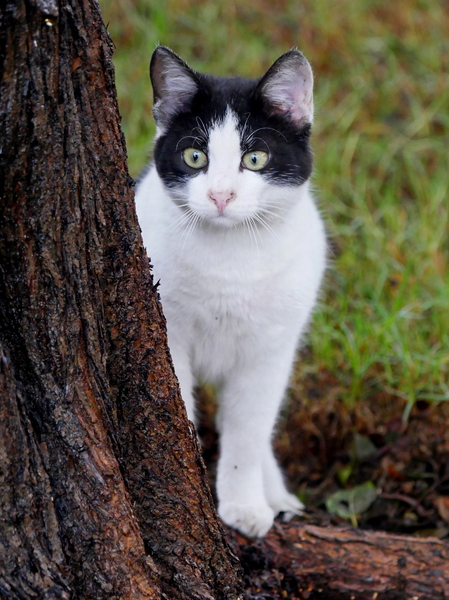Caring for Multi-Cat Households: Cat Litter Factors To Consider
Caring for Multi-Cat Households: Cat Litter Factors To Consider
Blog Article

Cat litter and litter boxes play an essential role in the lives of both cats and their owners. From the simple starts of sand and soil to the ingenious advancements of today, the world of cat litter has developed considerably. In this thorough guide, we explore every element of cat litter and litter boxes, exploring their history, types, advantages, challenges, and everything in between.
The history of cat litter dates back centuries, with ancient civilizations using sand, soil, and even ashes as primitive litter materials. Nevertheless, it wasn't till the mid-20th century that modern-day cat litter as we understand it emerged. In 1947, Edward copyright presented the world's very first business cat litter made from absorbent clay, changing the method felines relieved themselves inside. Since then, cat litter has actually gone through many improvements, with the intro of clumping litter, silica gel litter, naturally degradable choices, and more.
Today, cat owners are spoiled for choice when it pertains to picking the ideal litter for their feline buddies. Conventional clay litter remains popular for its affordability and efficiency in soaking up smells. Clumping litter, which forms solid clumps when wet, simplifies cleaning and upkeep. Silica gel litter, made up of highly absorbent silica crystals, offers superior smell control and durability. Naturally degradable choices, such as recycled paper, wood pellets, corn, and wheat, appeal to ecologically mindful consumers.
Each kind of cat litter uses distinct advantages. Clay litter masters its capability to take in moisture and control odors, making it a dependable choice for lots of cat owners. Clumping litter simplifies day-to-day scooping and extends the time in between complete litter changes. Silica gel litter supplies remarkable smell control and can last longer in between replacements. Naturally degradable litters offer a sustainable option that lessens environmental impact.
While cat litter boosts indoor feline health, it Self Cleaning Litter Boxes is not without its challenges. Dust from clay litter can posture breathing risks for both felines and people, triggering the popularity of dust-free options. Some cats might develop litter box aversion due to issues with texture, aroma, or cleanliness, demanding experimentation with different litters and box setups. Multi-cat homes might require tactical litter box placement and regular maintenance to avoid territorial conflicts and ensure all cats have access to tidy facilities.
Picking the appropriate litter box is necessary for promoting positive litter box routines and general feline wellness. Factors cat litter to consider consist of size, accessibility, and style choices. Covered litter boxes provide personal privacy and help include smells, however some cats might find them confining or frightening. Open-top litter boxes offer simple gain access to and visibility however may lead to more litter scatter. Automatic self-cleaning litter boxes streamline upkeep however need regular monitoring and wood pellets cat litter maintenance.
Proper litter box maintenance is vital for ensuring a tidy and welcoming environment for both cats and their owners. Daily scooping eliminates waste promptly, reducing smell and discouraging litter box aversion. Routine litter replacement, typically every 1-2 weeks, prevents bacterial accumulation and keeps optimal absorbency. Comprehensive cleansing with moderate detergent and water, avoiding severe chemicals that might deter cats from using package, need to be performed monthly.
Cat litter and litter boxes play a central role in cultivating a healthy and unified relationship between cats and their human buddies. With a diverse selection of litter alternatives and litter box designs offered, cat owners have the versatility to customize their options to fit their cats' choices and household needs. By understanding the development, types, advantages, and challenges of cat litter and litter boxes, pet owners can provide their feline buddies with a comfy and sanitary indoor environment.